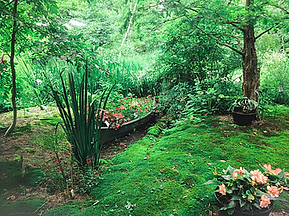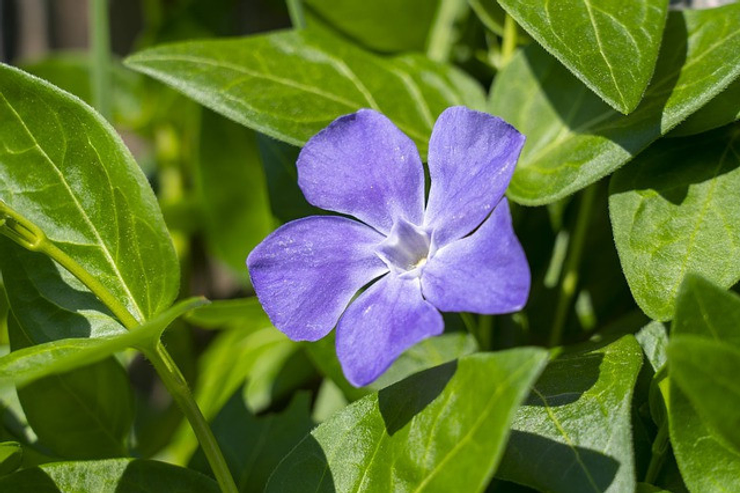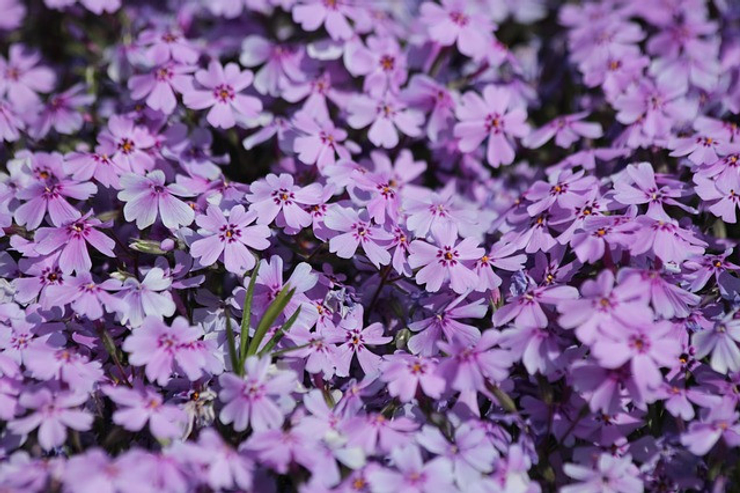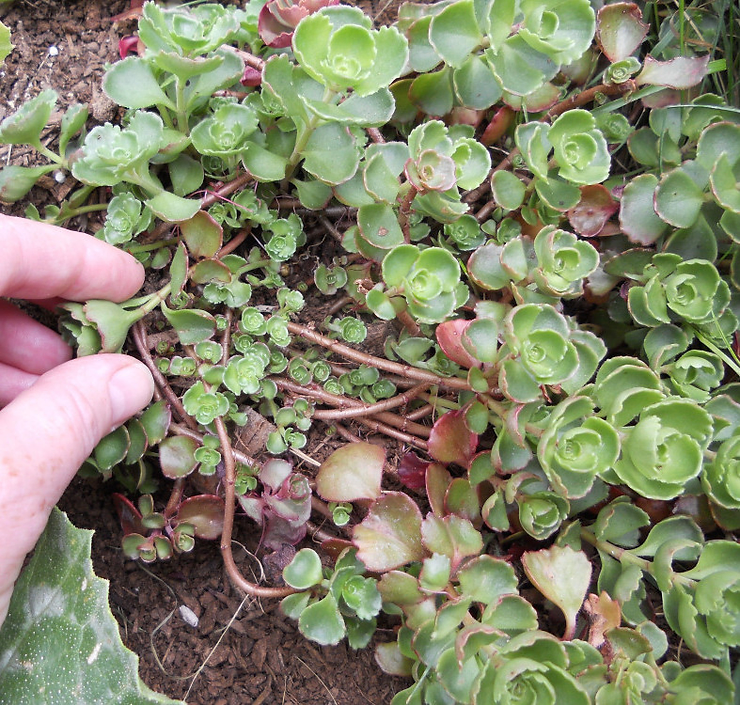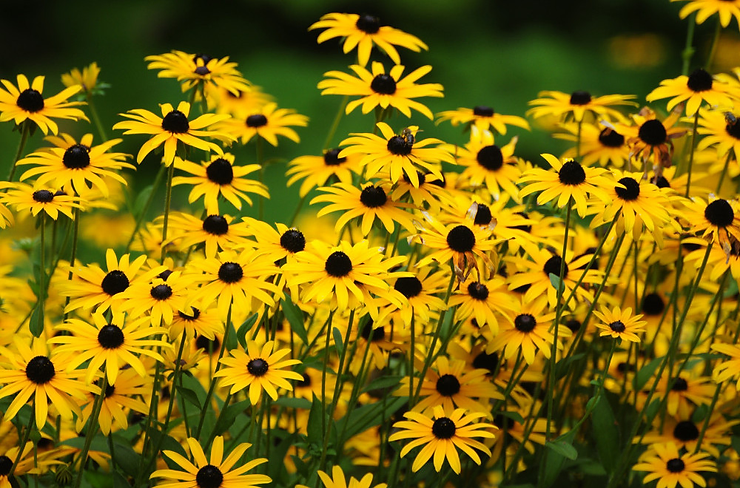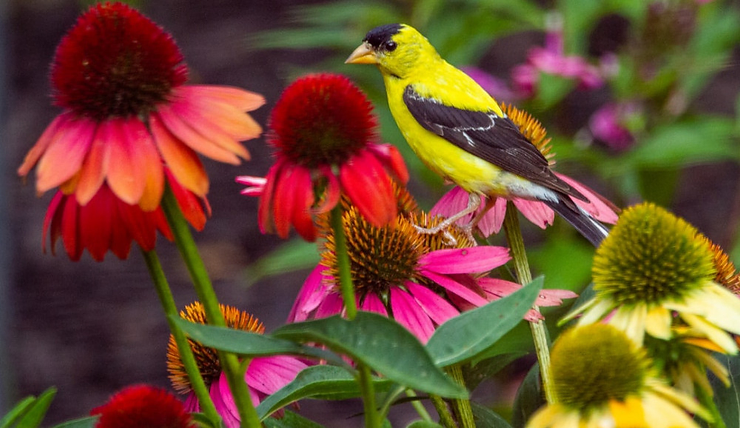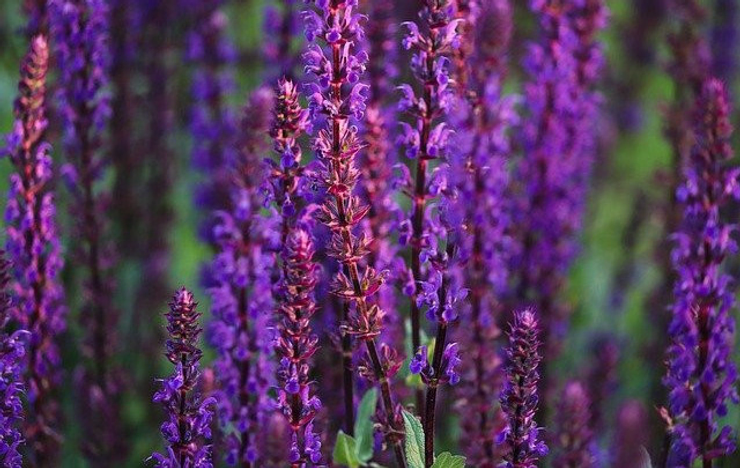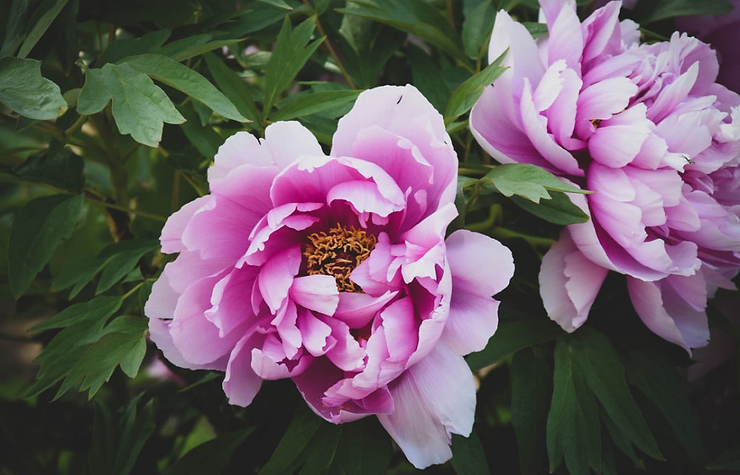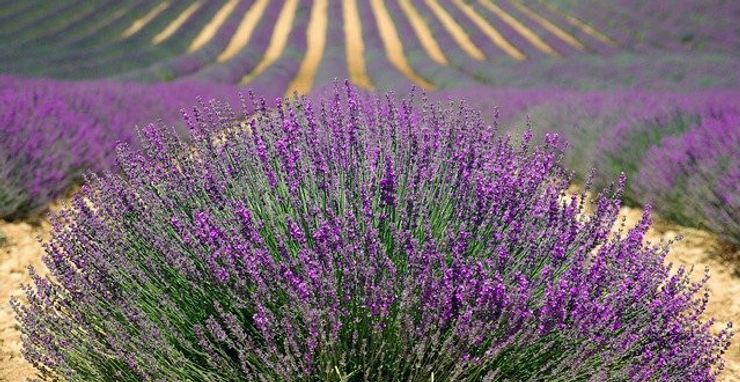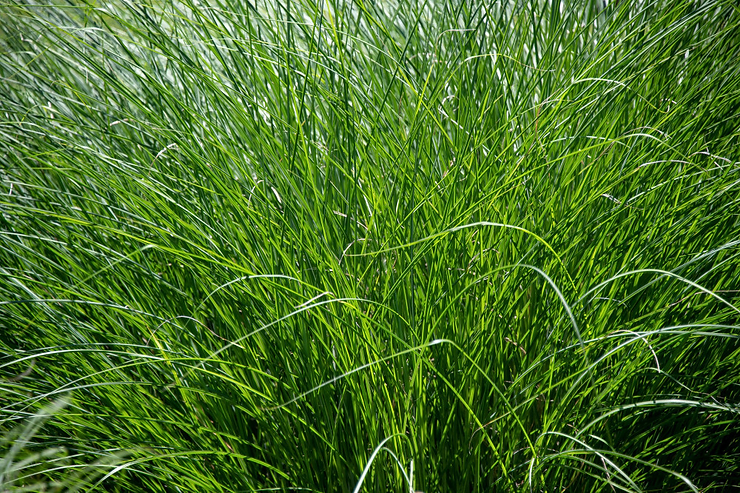Everyone enjoys a beautiful garden. When you enter one, your blood pressure decreases, your senses are heightened by the intoxicating smells and sights, and you immediately feel calm and tranquil. If you haven’t already considered gardening, maybe you should. Studies show gardening improves your physical strength, can reduce weight, can increase your heart health and immune system, and can help you sleep better. But who wants to do all that work? Gardening doesn’t have to be difficult or complicated. Nor does a garden need constant attendance. Here are tips on how to create a low maintenance, sustainable flower garden.
(Some of the links within this post are affiliate links on which I receive a small compensation from the sale of certain items.)
Smaller Is Better
In order to establish a low maintenance garden, I suggest you start small. You can still enjoy the benefits even if it is a small manageable size. To learn how to prepare the soil for a garden, refer to Starting a Garden.
Smaller gardens mean less work: less pruning, less weeding, and less deadheading. In other words, low maintenance. So if you are considering a garden, start small and make it sustainable by selecting native plants.
Once you have mastered a small garden, consider eliminating more of your lawn and adding sustainable garden space. A process called “sheet mulching” is an easy alternative to tilling and digging up lawns. Lawns require a lot of time, effort, and resources to maintain that no-weed, pristine look. By incorporating natural settings into your yard, you eliminate the hassle of cutting, fertilizing, trimming and edging a lawn.
Sustainability is Key
When planting a low maintenance garden, your main goal is not to control the plants, but to allow them to thrive in the climate, soil type, and natural water cycle of your environment.
Mature Size
One important factor to take into consideration is the mature size of the shrubs, trees or flowers (Fast Growing Trees) you plant. In order to create a sustainable garden, you want it to last through the years without having to rip out overgrown shrubs, etc.
Many beginner gardeners try to cram too many plants into a spot in order for it to look full. But this is not good practice. After a few years they end up pulling out live plants because there just isn’t enough room for them all. One way to eliminate the problem is to do your homework and learn how tall and wide the plant will grow. Then allow for that space in your garden.
Number of Plants
If you are starting off with a small swatch of land, be mindful of the size and how many plants you are planting. With a small garden, one tree, 3 shrubs, and perhaps 3 to 5 perennials is sufficient. To add color to vacant spots while these plants are growing, plant carefree annuals or decorate with ornaments.
Native Plants
Choose plants native to your area. This can be found by taking a trip to your local extension service. Extension service offices are usually county wide and are a great resource for gardening and farming questions from locals. They often offer free lectures and community events. You can probably save yourself a trip by researching their website.
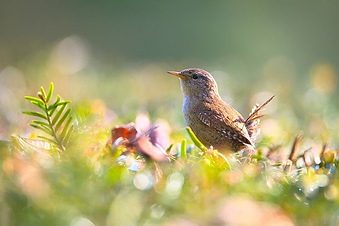
Advantages of native plants:
- they are rarely invasive
- no pesticides or fertilizers are needed
- adaptable to local weather
- they restore natural habitats for animals, birds, and insects
- provide shelter and food for wildlife
- require less watering
- help prevent erosion
If you’d like to obtain unusual plants for your garden, research flowers with similar bioregions. I live in the northeastern part of the USA. After researching my biome, I found it is similar to western Europe and northeast China. I could try finding native plants from those areas and plant them as a native plant in my garden. Since the characteristics of the natural environment are similar, they should thrive in my garden.
However, check for diseases associated with these plants. You will be better off purchasing them from a local store rather than importing them from different countries. Regulations may not allow you to have them shipped to your country. So find them locally.
Mulch
Mulching is crucial for creating a low maintenance garden. It keeps the plants cool, helps retain water, makes the garden look groomed and helps prevent unwanted weeds. It’s best to add a 4 to 6 inch layer of heavy mulch in early spring before plantings become too dense to see bare earth. In addition to mulch, feed the soil with good compost.
A little bit of effort in early spring will reap big benefits during the summer growing season. You will not have to constantly pull out weeds and enjoy the aesthetics instead!
Groundcover
Groundcover is a good alternative to grass. It is hardy and very easy to maintain. It also blocks out weeds, hence making it low maintenance. Just plant it and let it grow! Here are a couple groundcovers to choose from. Check out your planting zone, climate and soil before selecting.
Vinca Minor – tolerates high heat and almost full shade; likes moist, organic soil
Drought Tolerant Plants – Low Maintenance
If you are fortunate enough to live in a lush, warm, wet habitat, watering will not be an issue. Be sure to select water loving plants for your low-maintenance garden. However, not all of us are that fortunate. We live in areas where rain is not as predictable. So if you live in an area that is more drought prone, read on.
In addition to native plants, you will want to select plants for drought tolerance. When maintaining a garden, watering is a big issue. But if you have plants that are drought tolerant, you will not be burdened with this daily chore. You may only have to water once a week if it has not naturally rained at least one inch during the week.
Some low water perennial plants
A Couple of Low Maintenance Perennials
Some Other Rules of Thumb
When selecting plants for your low maintenance garden, use this ratio:
- choose 1/3 of the plants to be evergreens to add visual interest throughout the seasons
- select 1/3 to 1/2 as native plants
- the last third should be chosen with regard to optimizing drought resistance, adaptability, and adding beauty to your garden
Use a good drip irrigation system (Amazon) on all trees and shrubs for the first two to three seasons. After that they should have established deep roots and will not need much pampering. In other words, they’re on their own!
(As an Amazon Associate I earn from qualifying purchases.)
Make it Sustainable and Reap the Benefits
If you follow these easy steps, you will find gardening is not that difficult and does not have to be time consuming. A well planned strategy will help ease the creation of your garden. It will allow you to sit back and “smell the roses” rather than constantly watering, feeding, weeding and performing all the other chores a high maintenance garden requires. Do yourself and the earth a favor by planting a more sustainable garden.
I hope you enjoyed this post. I’d love to hear from you. Please leave a comment below.
Happy Gardening
Nina

